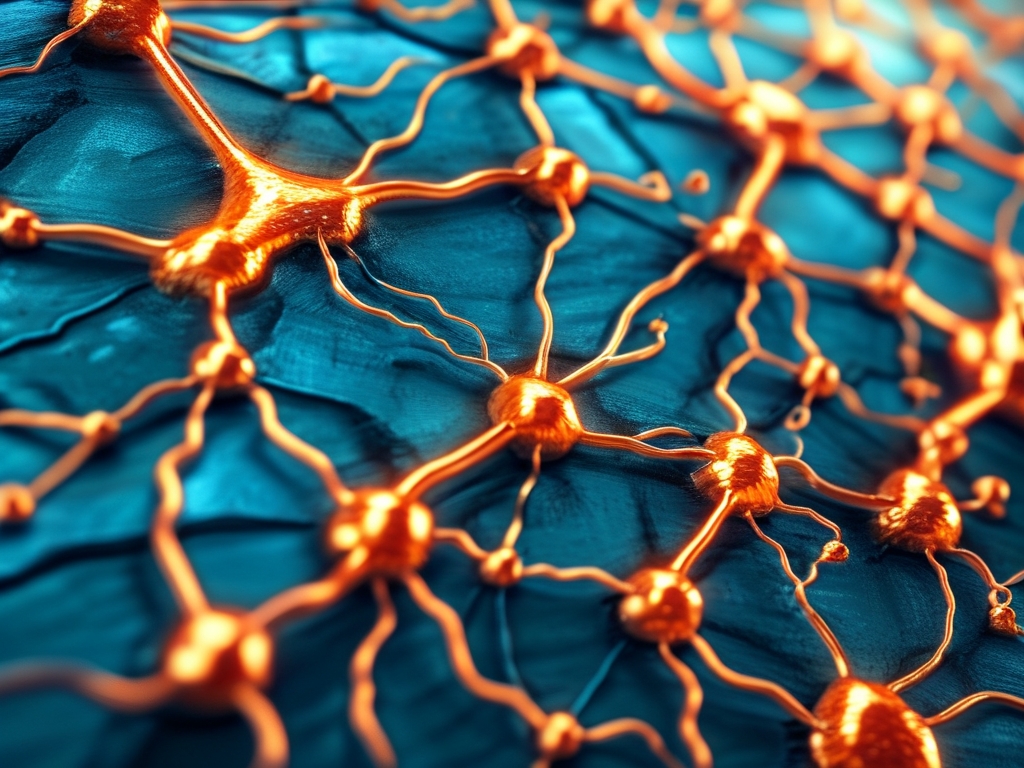In the rapidly evolving field of artificial intelligence (AI), the intersection of advanced algorithms and novel materials is driving unprecedented innovation. One such groundbreaking development is the integration of neural networks with copper-based components—a fusion that promises to revolutionize neuromorphic computing. This article explores the science behind "neural network copper sheets," their potential applications, and the challenges and opportunities they present for the future of AI hardware.
The Rise of Neuromorphic Computing
Neuromorphic computing, inspired by the human brain’s architecture, aims to create energy-efficient systems capable of parallel processing and adaptive learning. Traditional silicon-based chips, while powerful, struggle to mimic the brain’s efficiency due to their rigid structures and high energy consumption. Enter copper—a material with exceptional electrical conductivity, thermal stability, and cost-effectiveness—now being leveraged to design next-generation neuromorphic devices.
Why Copper?
Copper’s atomic properties make it an ideal candidate for neural network hardware. Its high electrical conductivity reduces energy loss during data transmission, a critical advantage for AI systems requiring real-time processing. Additionally, copper’s malleability allows engineers to fabricate ultra-thin, flexible "neural sheets" that can be layered into 3D structures, mimicking the brain’s dense neural networks. Recent studies have shown that copper-based circuits can achieve synaptic plasticity—the ability to strengthen or weaken connections over time—a cornerstone of machine learning.
Applications of Neural Network Copper Sheets
-
Energy-Efficient AI Chips: Companies like IBM and Intel are experimenting with copper-infused neuromorphic chips to reduce power consumption in data centers. These chips could slash energy use by up to 90% compared to conventional GPUs, addressing sustainability concerns in AI infrastructure.
-
Medical Diagnostics: Copper-based neural networks are being tested in wearable devices to monitor neurological conditions like epilepsy. Their low latency and high sensitivity enable early detection of abnormal brain activity, potentially saving lives.

-
Autonomous Systems: Self-driving cars and drones require instant decision-making capabilities. Copper-enhanced neural processors accelerate sensor data analysis, improving safety and reliability in dynamic environments.
-
Edge Computing: By integrating copper sheets into compact devices, AI can operate locally without relying on cloud servers. This is transformative for industries like agriculture, where real-time soil analysis or crop monitoring demands decentralized computing power.
Technical Challenges
Despite its promise, the marriage of neural networks and copper faces hurdles:

- Oxidation: Copper corrodes over time, degrading performance. Researchers are exploring nanoscale protective coatings, such as graphene, to enhance durability.
- Manufacturing Complexity: Etching microscopic copper circuits requires precision beyond current lithography techniques. Advances in atomic-layer deposition may offer solutions.
- Integration with Silicon: Hybrid systems combining copper and silicon components face compatibility issues. Novel interface designs are under development to bridge these materials.
Ethical and Economic Considerations
The shift to copper-based AI hardware raises questions about resource allocation. Copper is abundant but unevenly distributed globally, risking supply chain bottlenecks. Additionally, the environmental impact of mining must be balanced against the technology’s energy-saving benefits. Policymakers and engineers must collaborate to ensure equitable and sustainable adoption.
The Road Ahead
The next decade will likely see neural network copper sheets transition from labs to mainstream markets. Key milestones include:
- Scalable Production: Developing roll-to-roll manufacturing for mass-producing copper neural sheets.
- Quantum Hybridization: Combining copper circuits with quantum computing elements for unprecedented processing speeds.
- Biocompatibility: Designing implantable copper-based neural interfaces for medical applications.
Neural network copper sheets represent a paradigm shift in AI hardware, blending biological inspiration with material science. While challenges remain, their potential to enable faster, greener, and more adaptive systems positions them as a cornerstone of tomorrow’s technology. As research accelerates, copper may well become the unsung hero of the AI revolution—proving that even ancient materials can fuel futuristic innovation.
